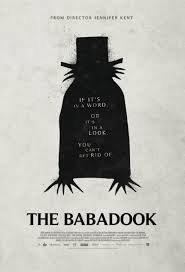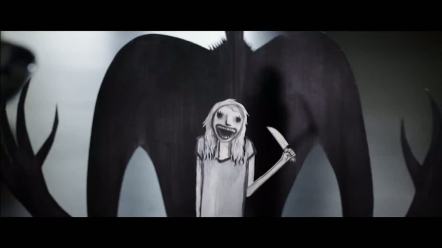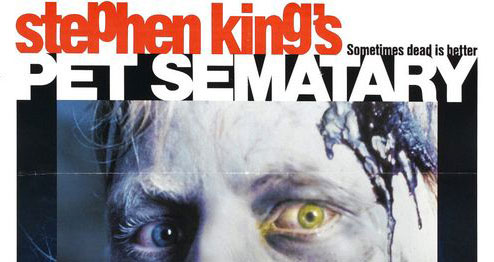
Hello horror fans, today we’ll be discussing and reviewing the 1989 film adaptation of Stephen King’s classic ‘Pet Sematary’.
So let me just say that, as far as the book is concerned, it’s one of Mr King’s best works alongside Misery and The Shining. (We both adore The Shining, and this is clearly evident from this post we made not so long ago!) For those who also enjoy his novels, I’m sure you’ll agree that the way he sets and describes each scene is impeccable. It leaves us captivated, thoroughly immersed in the moment and hanging onto every word. So, when it comes to a novel’s transition to the big screen, the bar is set extremely high and there is no room for any amateurism.
Luckily, for Pet Sematary, it’s film adaptation (directed by Mary Lambert) is enjoyable, offers good attention to detail from the book, and is topped off with a solid cast. The plot is explained below and, as it evolves and changes throughout the book/film, I’ll intersperse the synopsis with my opinions, thoughts and critique. Are we sitting comfortably? Let’s begin:
Louis Creed (played by Dale Midkiff), his wife Rachel (Denise Crosby), their children Ellie (Blaze Berdahl) and Gage (Miko Hughes) and pet cat Church (Winston Churchill) have moved to the sleepy town of Ludlow from bustling Chicago. Their new home sits on the edge of a busy highway, a major route for the Orinco trucks to transport their goods all over the state. When moving in they are soon introduced to their elderly neighbours Jud Crandall (Fred Gwynne) and his wife Norma (who is exempt from the film adaptation).
We are given a bit of an insight into the daily lives of the Creed family and Louis and Jud become close friends, but Jud puts their friendship in jeopardy when he takes the family down a windy path near their home leading to the ‘Pet Sematary’, a place where the children of Ludlow bury their deceased animals (who had previously been killed by vehicles on the busy stretch of road).
(“Hey, I just met you, and this is crazy, but we’re going to a graveyard, so bring your baby”.)
After the visit, Ellie is distressed and becomes increasingly worried about Church (leading to Rachel and Louis having a colossal argument over the subject), and Louis deals with a major casualty victim on the university campus – Victor Pascow (Brad Greenquist) – who speaks to Louis about the Pet Sematary before passing away.
Let me just say at this point that, when we are introduced to each character in the film, it is made completely clear that this film was made in the 80s. This isn’t a bad thing! I had a good chuckle at Rachel’s ‘Jonny Bravo’ haircut, Ellie’s super-sized glasses and Victor’s skimpy taste in clothing (as you can see below). Hey, it’s sometimes said that fashion trends can repeat themselves, so we could be in a situation where maroon cycling shorts are flying off the shelves in Topman at £40 a piece. Who’s that fellow hanging out amongst a load of trendy Camden kids? Why, it’s hipster Victor Pascow, right on cue, saying he was wearing those shorts before they were cool…
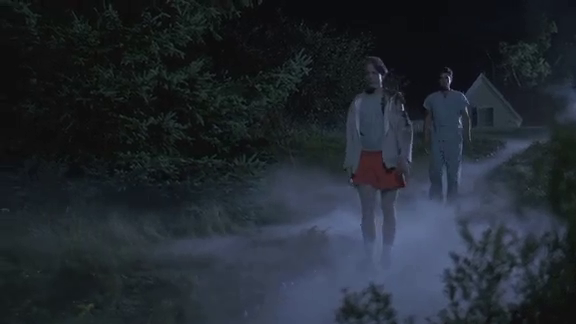
“Who wears short shorts?”
Louis is haunted by dreams involving Victor, not because of those shorts, but because of his warning about the Pet Sematary. The dream sequence involving Louis and Victor is well executed. Without the technological advancements of modern day Hollywood special effects, there is much more focus on the surrounding scenery and it’s complimentary music score – and that’s what makes the sequence engaging to watch. Mary provides a haunting atmosphere complete with hazy low-level mist, dissonant drones, crashing metallic thuds, juddering strings and cawing crows/hooting owls. “This is the place where the dead speak … Do NOT go on to the place where the dead walk!” Louis waking up with his feet covered in pine needles and muck is the icing on the cake here – the delivery of this twist isn’t too full blown, but packs a solid punch to round everything off.
Whilst the whole family (sans Louis) are in Chicago seeing Rachel’s parents, Church is involved in an unfortunate car accident leading to his death. Accompanied by Jud, he and Louis bag him up and walk to the Pet Sematary to bury him. However, Jud tells Louis to keep walking. Guiding him through a twisted path accompanied by tangled brambles and haunting screams from the “Loons”, he is taken to an ancient Micmac burial ground situated on-top of a mesa. Louis grabs his shovel, does the deed and, after returning home, Jud reveals that the trip must remain a secret.
A recurring quote in this film (first introduced at this point) is “The soil of a man’s heart is stonier; a man grows what he can and tends it.” I guess you can interpret this quote in a number of ways, but here’s a straight-forward no-frills version – “Louis, don’t bury animals or people in the Micmac ground. They’ll come back as zombies and it will be bloody awful”. (Not sure why Jud didn’t just say this instead of beating around the bush!)
So on this note, Church comes back to life and returns home. My word, I don’t like to admit this but Church’s half-dead appearance really caught me off-guard. I’m mostly immune to shock tactics and the trademark horror jumps, but when zombie Church appeared out of nowhere, I almost shat my pants. I think this works because it’s completely unexpected – usually with this horror cliche there is some-sort of build up (e.g. man wanders through empty haunted house and ghost slowly creeps up from behind) but, in this case, Louis is idly sorting out some items in his garage one moment and the next we are faced with this demonic critter booming out a guttural howl.
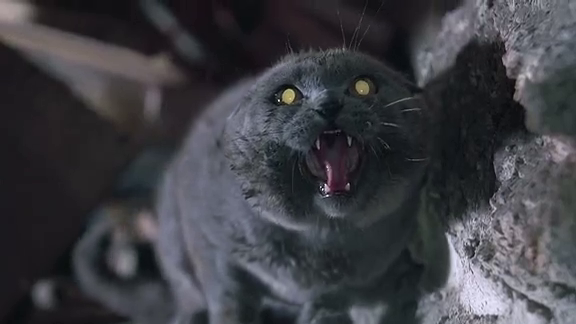
“I hope that’s cottage pie in my trousers!”
The family return home from Chicago and, apart from Church smelling funky and having a hearty bloodlust for small creatures and birds, they don’t really catch on that Church isn’t quite himself. Louis knows the truth, and it’s eats him up inside quicker than when I demolish a large Domino’s Pizza (truly a sight to behold).
A tragic family event strikes the Creed family where Gage is run over by a passing Orinco truck. Putting the horror elements of this film to one side, this is the scene which has the most effect in the entire film – and for anyone else who’s watched it, I’m sure you’ll wholeheartedly agree. Rather than seeing Gage get splattered in a smorgasbord of guts and motor parts, Mary takes a much more subtle approach by leaving the actual accident to the viewer’s imagination. One minute Gage is standing in the road trying to grip onto a kite, the next you see the kite just float away into the sky and one of Gage’s shoes (slightly smeared with blood) tumble down the road. Distressing to watch but cleverly done without any unnecessary blood and gore.
Gage’s death tears the family apart, and a jaded Louis can only see one way to fix it. After Gage’s funeral, he goes undercover to dig up his decaying body from the regular cemetery, so that it can be transferred into the Micmac burial ground. An unthinkable act translated to the big screen with gusto from start to finish, culminating with a great shot from inside the padded coffin where the lid is slowly lifted revealing Louis’ expression – a tempestuous mix of regret and determination to get the job done.
OK, so no surprises on what happens next! A rotting child’s hand fondles it’s way through the cairn on the mesa, and zombie Gage breaks free limping his way back to the Creed household. He’s not an angelic little boy anymore; what the viewer witnesses is a sinister and haunting devil-child fixated with murder. Here Mary uses the tried and tested build-suspense-then-deliver tactic but to surprisingly good effect, starting with Jud walking through his own home brandishing a weapon and ending with Gage tearing flesh from his throat leaving Jud face up in a pool of his own blood. Gage’s quest for annihilation is brought to a stop by Louis, but not before Gage brutally kills his wife. “Oh no, my sweet wife is dead! Wait…I know just what to do!”
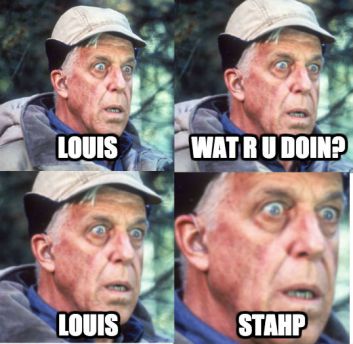
The final part of the book/film translated into an outdated meme. Yes, ok, I need to get a life.
The film draws to a close with zombie Rachel returning to the Creed home – “Darrrrrling”, the undead figure purrs softly in Louis’ ear. The book ends right at this point (which I personally preferred), but the cameras stay rolling for a bit longer while a delusional Louis and zombie Rachel have a kiss and cuddle. The End.
So, there you have it. The film is by no means visual and storytelling perfection, but it’s solid evidence that you don’t need a bucketload of effects and Hollywood dazzle to captivate a viewer. The acting is rather impressive (honourable mention goes to Dale Midkiff as Louis), and overall it’s a great adaption (in comparison to the book there are some bits trimmed out but they aren’t particularly pivotal to the story anyway.)
Read the book if you haven’t done so first, then give the film a go – you won’t regret it. Viewers more susceptible to fright, peril, blood or a combination of the three may want to watch it with a buddy and perhaps put some Lampy’s on first! Enjoy!
The Lampy-metre

